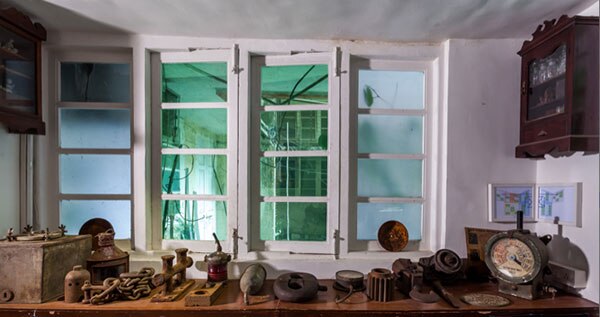
How would you define your art, in terms of genre?
In terms of genre, my work could be defined as Transmedia Contemporary Art. I make contemporary art, films, books, write poetry, collaborate with robotic engineers, computer programmers, musicians, writers, journalists, theater and film makers and aim to find processes that would leave deep impacts on contemporary culture, technology and knowledge.
What is your art background? Previous work?
I studied painting at The Sir J.J. School of Art, Mumbai.
The concept of the mythic Hero and the link with a radical, transformational violence has fascinated me ever since my childhood involvement with graphic novels, cartoons and comics. A great deal of my visual vocabulary has been influenced by science fiction, manga, anime, animation, cinema, music, mythology, philosophy and cultural anthropology.
And in the 9 years since my graduation, I have been able to begin a multidisciplinary practice involving traditional drawing, painting, writing etc. Digital painting and video entered my work with the inclusion of the second primary protagonist, The Harlequin. He exists is in a world alien to that of the Hero – a surreal world of chaos, dreams and constant flux.
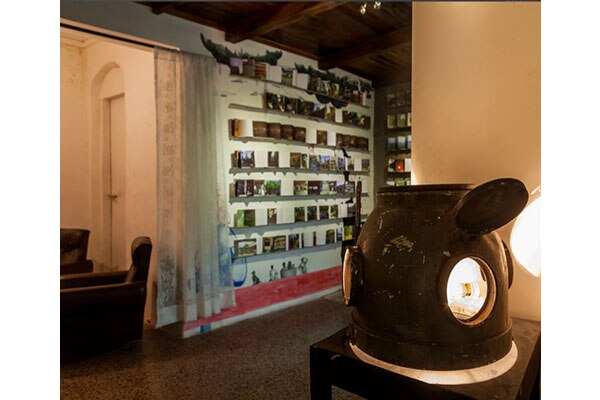
Piece of work that you’re particularly proud of?
There are certain works that I am proud of such as ‘The Ballad of The War That Never Was’(2010); ‘Of Men and Supermen’(2012), a series of ‘Interactive Lenticular prints; and the installation exhibition ‘Site : Stage : Structure’, a solo exhibition (2014).
Someone else’s work that you wish was yours?
'Hell' by Jake and Dinos Chapman, The Raft' By Bill Viola, 'A Thousand Years' by Damian Hirst and 'The End' By Jim Morrison.
Throughout history there have been many brilliant minds whose work have goaded, inspired and catapulted me to push myself further down the rabbit hole. Some of these individuals, and their work have had the power to completely transform the way I have looked at life around me, and dealt with ideas. These would be (in no particular order): Tyeb Mehta, Atul Dodhiya, Baiju Parthan amongst many others.
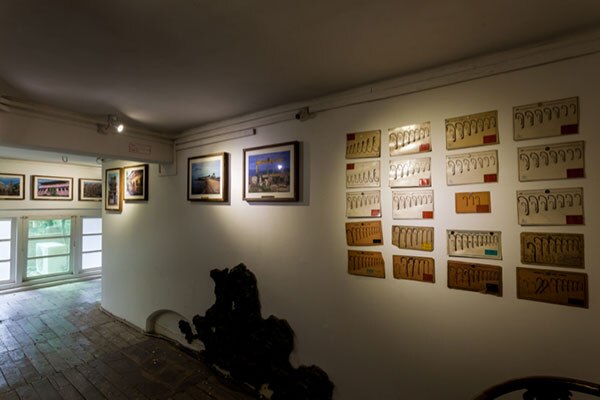
What is the newest art trend world over? What art trends are hitting the Indian shores?
With the ever increasing pace of change, the advent of newer forms of technology and the digital in the Post-Information age, the world is increasingly becoming a smaller place. The global village is fast becoming a reality. Today the role of the artist as a historian is being much talked about as a simultaneous phenomena where artists through various media explore, document and archive alternate and parallel histories, sometimes public sometimes personal.
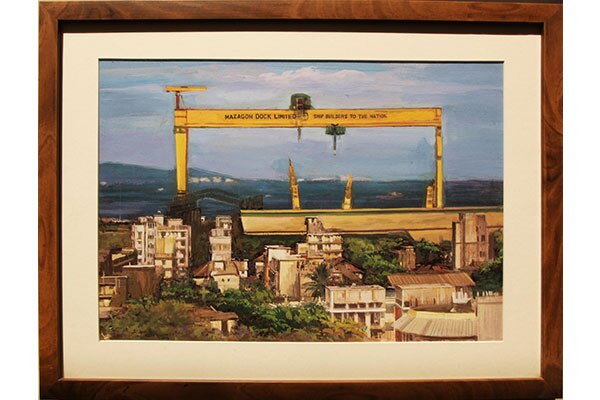
Share with us the thought process behind this art work? (Featured here)
Site: Stage : Structure is a transmedia installation that integrates books, photographs, short films, audio narratives, and heritage walks as a way of revitalizing memories and telling a history that is absent from the formal narratives. Here I fight nostalgia by documenting it, recreating it through videos, conversations and staging ethnographic reconstructions of people’s homes.
Mazgaon represented a true cosmopolitan city – The kind we have always imagined it to be. Such projects enrich Mumbai’s art scene by offering something other than aesthetic wall-hangings and floor pieces, or theory-laden group shows. In an era in which rightwing groups continue to insist on Mumbai narrowly as a Hindu Marathi city, counter-historical practices like Site : Stage : Structure serve much more than ethnographic curiosity.
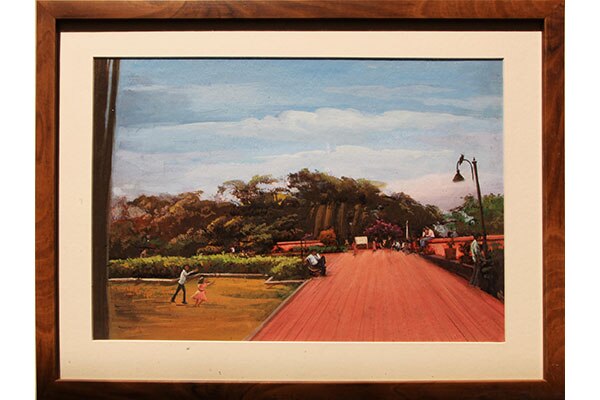
To view more Ali Akbar Mehta’s art
Youtube: http://bit.ly/1zCL6z7









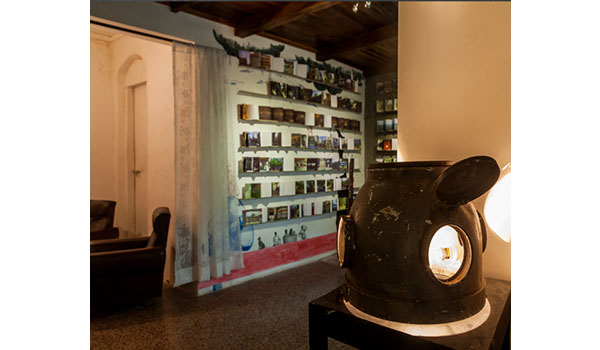






 Privacy Notice
Privacy Notice
Written by Khubi Amin Ahmed on 11th Mar 2015